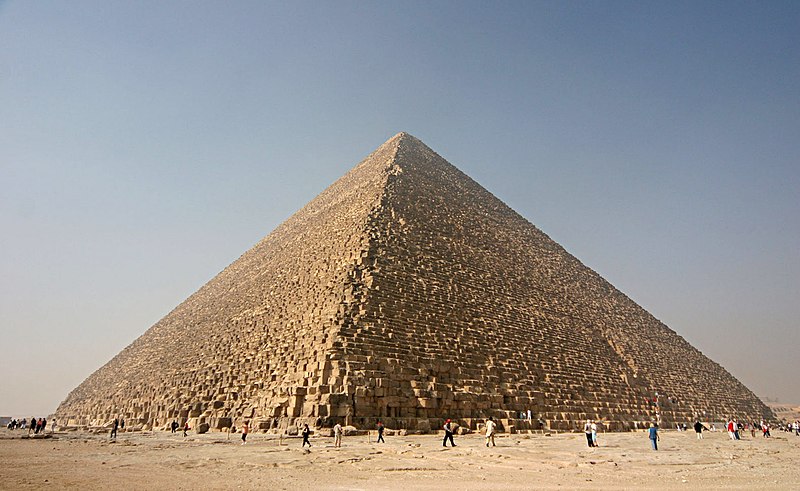Initially, art and medicine may not appear to be related to one another at all. However, after this week's lecture about the creation and development of the MRI, the origins of plastic surgery, and Ingber's discovery about the architecture of life, Professor Vesna convinced me of the overwhelming presence of art in medicine.
To me, the technological leap that humans have made from human dissections to the MRI really astounds me. We normally do not stop to think of all the complicated metabolic processes that allow humans to breathe or eat, or how a MRI machine works; we take it for granted. However, the MRI does not have to do with science and medicine alone; it is also a form of art. Silvia Cassini's paper about the MRI really brought my attention to the relationship between medicine, technology and art. I agree with how he states that the MRI has the same "look" that a portrait has; it has the capacity to be performative, and using the MRI actually takes quite a bit of artistic skills. It seems that medicine and technology has opened up many possibilities to create art. Below are a few examples of the use of MRI to make art:
On the other hand, I had never thought about plastic surgery as an "art"; merely a procedure to enhance one's appearance for future selfish career goals (Michael Jackson and many K-pop stars). Therefore, it stunned me to learn that plastic surgery actually originated 4000 years ago, and has since developed, until recently, as a way to "give form to" brave and scarred soldiers coming back from war. Before today's cutting edge technology in medicine, I could only imagine the challenges that injured soldiers returning from war would have to face in their every day lives. With the development of prosthetics and plastic surgery, however, soldiers can be skillfully "recreated" and can acclimate back to society.
It is quite exciting to imagine the development of art, science, and technology in the future. I feel that only now, humans are beginning to discover the relationship between art and medicine/technnology. We can now alter our bodily image in so many ways, and we can also see, down to the microscopic level, of all our cells. For instance, Ingber in his "Architecture of Life" paper proves that the universal set of building rules based on tensegrity architecture guides the design of the organic structure. In other words, this kind of architecture forms the basis of everything, even things we cannot see cells. Shown below is the comparison of the brain cell and the universe, and how similar they are.
As an aspiring doctor, I had never stopped to think about the relationship between art and science. Now that I think about it, this week's lesson has taught me the close relationship between science, technology, and art, and how the advancement of one will open infinite possibilities for other fields.
Citations:
Casini, Silvia. “Magnetic Resonance Imaging (MRI) as Mirror and Portrait: MRI
Configurations Between Science and Arts.” The John Hopkins University Press
Furness, Hannah. "Pioneering plastic surgery records from First World War published." The Telegraph. Telegraph Media Group, 13 July 2012. Web. 27 Oct. 2013. <http://www.telegraph.co.uk/history/9396435/Pioneering-plastic-surgery-records-from-First-World-War-published.html>.
Miller, Mark. Brain Structure Mirrors the Universe. 2007. Virgo Consortium for Cosmological Supercomputer Simulations, Brandeis. Exohuman. Web. 13 Aug. 2008.
Vesna, Victoria. “Lecture 1.” Youtube. 22 Apr. 2012. Web. 24 Oct. 2013.
<https://www.youtube.com/watch?v=Ep0M2bOM9Tk>
Vesna, Victoria. “Lecture 2.” Youtube. 22 Apr. 2012. Web. 24 Oct. 2013.
<https://www.youtube.com/watch?v=psjnQarHOqQ>
Vesna, Victoria. “Lecture 3.” Youtube. 22 Apr. 2012. Web. 24 Oct. 2013.
<https://www.youtube.com/watch?v=FIX-9mXd3Y4>






